Home>Garden Essentials>How Many Seeds Are In A Grape


Garden Essentials
How Many Seeds Are In A Grape
Modified: March 16, 2024
Discover the secret of growing grapes in your garden! Find out how many seeds are typically found in a grape and enhance your gardening skills.
(Many of the links in this article redirect to a specific reviewed product. Your purchase of these products through affiliate links helps to generate commission for Storables.com, at no extra cost. Learn more)
Introduction
When we think about grapes, we often focus on their juicy flesh and sweet taste. However, there is more to these delicious fruits than meets the eye. Did you know that grapes contain seeds? These tiny, often overlooked seeds play a vital role in the growth and reproduction of the grapevine. In this article, we will explore the fascinating world of grape seeds and discover just how many seeds are typically found in a grape.
Grapes, known botanically as Vitis vinifera, belong to the Vitaceae family. The anatomy of a grape consists of several parts, including the skin, pulp, juice, and of course, the seeds. Each aspect contributes to the overall composition and flavor profile of the grape. While the skin and pulp are the most recognizable parts, the seeds hold their own importance.
Understanding the role and characteristics of grape seeds requires a closer look. Grape seeds are typically small, oval-shaped, and encased in a protective coating. These coatings, called seed coats or hulls, provide a barrier against external threats and serve as a natural defense mechanism for the seed. Inside the seed coat, the seed itself contains a genetically programmed embryo that holds the potential to grow into a new grapevine under the right conditions.
The number of seeds in a grape can vary depending on various factors. One of the primary influences is the grape variety. Different grape varieties have different genetic characteristics, including the potential to produce more or fewer seeds. Additionally, external factors like growing conditions, climate, and even the age of the grapevine can also influence seed development and ultimately impact the number of seeds in a grape.
So, what is the average number of seeds you might find in a grape? On average, a grape will contain around two to four seeds. However, it is important to note that this can vary. Some grapes may have fewer seeds, while others may have more. Additionally, the size of the grape can also affect the number of seeds it contains. Smaller grapes tend to have fewer seeds, while larger grapes can have a higher seed count.
Now that we have an understanding of the baseline number of seeds found in grapes, let’s delve into specific grape varieties and their seed characteristics.
Key Takeaways:
- Grape seeds, often overlooked, play a vital role in grapevine reproduction and offer potential health benefits due to their rich nutritional profile.
- Factors like grape variety and growing conditions influence the number of seeds in a grape, with an average of two to four seeds. Seedless grape varieties have gained popularity for their convenience and pleasant eating experience.
Read more: How To Germinate Grape
The Anatomy of a Grape
To truly appreciate the number of seeds in a grape, it’s essential to understand the various components that make up the fruit. The anatomy of a grape consists of several key elements, each playing a crucial role in the overall structure and flavor of the fruit.
The skin of a grape is typically thin and smooth, ranging in color from green to red or black, depending on the variety. The skin not only gives grapes their vibrant appearance but also serves as a protective layer against external elements, such as pests or fungal infections. It also contains antioxidants and pigments that contribute to the health benefits and unique flavors of different grape varieties.
Beneath the skin lies the pulp, which is the fleshy part of the grape that we commonly associate with its juiciness. The pulp is high in moisture content and contains natural sugars, acids, and other flavor compounds. It is the primary component responsible for the sweet or tart taste of grapes.
Within the pulp, we find the juice, which is held in small compartments called vesicles. These vesicles contain the liquid portion of the grape, providing hydration and a refreshing sensation when bitten into.
Lastly, nestled within the pulp and juice are the seeds. Grape seeds are small, oval-shaped structures that can vary in color from pale green to brown. Each seed is protected by a seed coat or hull, which helps safeguard it from damage and external threats.
When you bite into a grape, you may notice a slight crunch or a mild nutty flavor. This is due to the presence of the seeds. While often overlooked, they contribute a subtle yet distinct element to the overall tasting experience.
Now that we have a better understanding of the anatomy of a grape, let’s delve into the fascinating world of grape seeds and explore their role in grape reproduction.
Understanding Grape Seeds
Grape seeds, often referred to as pips, are a fundamental component of the grape’s reproductive system. Each grape seed contains a genetically programmed embryo, which has the potential to develop into a full-grown grapevine under the right conditions. This remarkable characteristic is what allows grapes to be propagated and grown in vineyards around the world.
The seeds themselves are small and oval-shaped, usually measuring around 3-5 millimeters in length. They are encased within a protective outer layer called the seed coat or hull. This seed coat acts as a barrier against external threats, including pathogens, insects, and adverse weather conditions.
Grape seeds consist of two primary parts: the outer shell and the inner embryo. The outer shell, composed of lignin and cellulose, provides structural support and protection to the developing embryo. Inside the shell lies the embryo, which contains the genetic material necessary for growth and development.
Aside from their reproductive significance, grape seeds also possess particular properties that make them interesting from a culinary and health perspective. For instance, grape seeds are rich in natural plant compounds called polyphenols, specifically proanthocyanidins. These polyphenols are powerful antioxidants known for their potential health benefits, such as reducing inflammation and protecting against oxidative stress.
In addition to their antioxidant properties, grape seeds also contain natural oils. These oils are often extracted from the seeds and used for various purposes, such as in the production of cosmetics or as a dietary supplement. Grape seed oil is known for its high levels of polyunsaturated fats and vitamin E, making it a popular choice for skincare and cooking applications.
While grape seeds are not typically consumed in their whole form due to their small size and sometimes bitter taste, they can be ground into a fine powder and used as an ingredient in certain recipes. Grape seed powder can add a nutty flavor and a potential nutritional boost to baked goods and smoothies.
Now that we have a better understanding of grape seeds, let’s explore the factors that can influence the number of seeds found in a grape.
Factors Affecting the Number of Seeds in a Grape
While the average number of seeds in a grape is around two to four, this can vary depending on several factors. Understanding these factors can shed light on why some grapes may have more seeds while others have fewer.
1. Grape Variety: Different grape varieties have varying genetic characteristics, including the potential for seed production. Some grape varieties naturally produce more seeds than others. For example, seeded table grape varieties like Thompson Seedless tend to have fewer seeds, while wine grape varieties such as Cabernet Sauvignon or Merlot may have a higher seed count.
2. Growing Conditions: The environment in which grapes are cultivated can play a significant role in seed development. Factors such as temperature, humidity, and soil composition can influence the growth and maturation of seeds. Inadequate growing conditions may result in a lower seed count or underdeveloped seeds.
3. Climate: The climate in which grapes are grown, particularly the temperature during the growing season, can affect seed development. Extreme temperatures, whether too hot or too cold, can disrupt the natural process and result in reduced seed production.
4. Vine Age: The age of the grapevine can influence seed development. Younger vines may produce fewer seeds, as they are still establishing themselves and focusing on growth and maturity. As the vine ages and becomes more established, it may produce a higher number of seeds.
5. Fertilization: The fertilization process within the grapevine is essential for seed development. Adequate pollination is necessary for the formation of seeds. Insufficient pollination due to factors like low insect activity or poor flower structure can lead to a lower seed count.
It’s important to note that while these factors can affect the number of seeds in a grape, there is still natural variation within each grape cluster. This means that even within the same variety and under similar growing conditions, individual grapes may still exhibit slight differences in the number of seeds.
Now that we have explored the factors that influence seed count, let’s dive into the average number of seeds found in different grape varieties.
Average Number of Seeds in Different Grape Varieties
While the average number of seeds in a grape can range from two to four, the specific grape variety can impact the seed count. Different grape varieties have unique characteristics, including seed production. Here are some examples of the average number of seeds in different grape varieties:
- Thompson Seedless: This popular seeded table grape variety is known for its juicy and sweet flavor. On average, Thompson Seedless grapes typically have two to three seeds per fruit.
- Concord: Concord grapes are highly recognizable for their deep purple color and intense flavor. They are often used for making grape juice and jelly. Concord grapes tend to have three to four seeds per grape.
- Cabernet Sauvignon: As a widely cultivated wine grape variety, Cabernet Sauvignon grapes have become synonymous with rich, full-bodied red wines. These grapes usually have four to six seeds per grape.
- Merlot: Another popular red wine grape variety, Merlot grapes are known for their smoothness and approachable flavors. On average, Merlot grapes contain three to five seeds per grape.
- Chardonnay: Chardonnay is a versatile white wine grape variety known for its range of styles, from crisp and refreshing to rich and buttery. Chardonnay grapes typically have two to four seeds per grape.
While these are general averages, it’s important to note that there can still be variations within each grape cluster. Individual grapes within the same variety may have slight differences in the number of seeds, influenced by factors such as growing conditions and grapevine age.
It’s also worth mentioning that there are seedless grape varieties available in the market. Seedless grapes are the result of careful breeding and cultivation techniques, which eliminate or greatly reduce the number of seeds in the fruit. These seedless varieties, such as the popular Red Flame and Thompson Seedless, offer a convenient and enjoyable eating experience without the hassle of dealing with seeds.
Now that we have a better understanding of seed count in different grape varieties, let’s explore the fascinating world of seedless grape varieties and their unique characteristics.
The average grape contains 2-4 seeds, but some may have more or none at all. If you’re curious, try cutting a grape in half to see for yourself!
Read more: How To Eat Grapes With Seeds
Seedless Grape Varieties
Seedless grape varieties have gained popularity among grape enthusiasts for their ease of consumption and pleasant eating experience. These grapes are cultivated to produce grapes with minimal or no seeds, making them a convenient and enjoyable choice for snacking, desserts, and even juicing. Here are some popular seedless grape varieties:
- Red Flame: Red Flame grapes are widely recognized for their vibrant red color and exceptional sweetness. These grapes have a crisp texture and a flavor that balances sweetness and a hint of tartness.
- Thompson Seedless: Known for its mild taste and pale green color, Thompson Seedless is one of the most popular seedless grapes globally. These grapes are juicy, refreshing, and versatile, often used for fresh consumption, raisins, and wine production.
- Cotton Candy: Cotton Candy grapes captivate with their unique, delightfully sweet flavor that resembles the nostalgic candy. These grapes have a burst of sweetness that lingers on the taste buds.
- Sweet Sapphire: Sweet Sapphire grapes are recognized for their deep purple-black color and intensely sweet taste. These grapes have a firm texture and a rich, almost jammy flavor profile.
- Autumn Royal: Autumn Royal grapes showcase a beautiful dark purple color and a sweet flavor. These grapes have a slightly softer texture compared to some other seedless varieties.
These seedless grape varieties have been bred through careful selection and hybridization techniques to reduce or eliminate seeds. Instead of the usual hard seeds found in seeded varieties, these grapes may contain tiny, underdeveloped seeds that are virtually undetectable when consumed.
Seedless grapes offer several advantages. They provide a hassle-free eating experience, eliminating the need to spit out seeds or deal with their texture. This makes them a favorite among children and individuals who prefer the convenience of seedless fruits.
It’s worth noting that while these seedless grape varieties dominate the market, there may still be occasional seeds or traces of seed development in some grapes. This is due to the nature of hybridization and the genetic variability that exists within grape clusters.
Seedless grapes have significantly expanded the options for grape enthusiasts, allowing them to indulge in the deliciousness of grapes without any seed-related inconveniences. Whether enjoyed on their own, added to fruit salads, or used in various culinary creations, seedless grapes offer a delightful and hassle-free experience.
Now that we have explored seedless grape varieties, let’s explore another aspect of grape seeds – their potential use in reproduction and cultivation.
Harvesting Grape Seeds for Reproduction
Grape seeds play a vital role in the reproduction and cultivation of grapevines. Through careful harvesting and processing, these seeds can be collected and utilized for various purposes, including growing new grapevines or conducting research and breeding programs.
The process of harvesting grape seeds begins with selecting mature, healthy grapes from desired grapevine varieties. It is important to choose grapes that are fully ripe but not overripe, as overripe grapes may lead to less viable seed production.
Once the grapes are selected, they are carefully cut open, and the seeds are extracted. This can be done manually by slicing the grape horizontally or using specialized machinery to remove the seeds. The extracted seeds are then separated from the pulp and juice of the grape, typically by rinsing or soaking them in water.
After separating the seeds, they are typically dried to reduce moisture content. Drying can be done by spreading the seeds on a clean surface in a well-ventilated area or by using specialized drying equipment. The seeds should be dried thoroughly to prevent mold or fungal growth, but not to the point of dehydration, as this can damage the viability of the seeds.
Once the seeds are dried, they can be stored for future use. Proper storage conditions are essential to maintain the viability of the seeds. They should be stored in a cool, dry place, preferably in a sealed container or bag to protect them from moisture and pests.
Harvested grape seeds can be utilized for several purposes:
- Grapevine Propagation: The primary use of harvested grape seeds is for the propagation of new grapevines. These seeds can be planted in suitable growing conditions, and under proper care, they have the potential to germinate and grow into new grapevine plants, each carrying unique genetic characteristics inherited from their parent grapevine.
- Research and Breeding: Grape seeds are invaluable in research and breeding programs. Scientists and breeders can study the genetic diversity and traits of different grape varieties by analyzing the characteristics of the seeds. This information is crucial in developing new grape varieties with desired qualities such as disease resistance, flavor profiles, or adaptability to specific climates.
- Culinary Uses: While not as common, harvested grape seeds can also be used in culinary applications. Grape seed oil, extracted from the seeds, is often used in cooking and salad dressings. Additionally, ground grape seeds can be used as an ingredient in certain recipes, adding a nutty flavor and potential health benefits.
Overall, the process of harvesting grape seeds allows for the preservation and utilization of the genetic diversity found within grapevines. It enables the propagation of new grapevines, the advancement of research and breeding efforts, and even culinary exploration.
Now that we understand the significance of grape seeds in reproduction and cultivation, let’s explore the culinary uses and nutritional value of grape seeds.
Culinary Uses for Grape Seeds
Grape seeds, often overlooked and discarded, actually have culinary uses that can add unique flavors and nutritional benefits to various dishes. While the small size and slightly bitter taste may deter some, creative chefs and home cooks have found ways to incorporate grape seeds into their culinary repertoire. Here are a few culinary uses for grape seeds:
1. Grape Seed Oil: Grape seed oil is extracted from the seeds and widely used in cooking and culinary applications. It has a relatively high smoke point, making it suitable for sautéing, stir-frying, and even deep frying. Grape seed oil has a mild, neutral flavor that allows the other ingredients in a dish to shine. It is also known for its health benefits, as it is rich in polyunsaturated fats and vitamin E.
2. Grape Seed Flour: Grape seeds can be ground into a fine powder, creating grape seed flour. This flour can be used as an alternative to traditional flours in baking. It imparts a nutty flavor and adds a touch of complexity to bread, cookies, cakes, and other baked goods. Grape seed flour is often combined with other flours to balance flavors and textures.
3. Grape Seed Extract: Grape seed extract is made by extracting the beneficial compounds from grape seeds. It is available as a dietary supplement and is sometimes incorporated into culinary creations for its potential health benefits. Add a few drops of grape seed extract to desserts, sauces, or beverages to infuse a subtle grape flavor and incorporate the antioxidants found in grape seeds.
4. Infused Vinegars and Oils: Grape seeds can be used to infuse vinegars and oils. Simply add a handful of grape seeds to a bottle of vinegar or oil and let them sit for a few weeks to allow the flavors to meld. The resulting infused vinegar or oil can be used in dressings, marinades, or as a finishing touch to enhance the flavor of various dishes.
5. Grape Seed Seasoning: Grape seeds can also be toasted and ground into a seasoning blend. Combine ground grape seeds with other herbs, spices, or salt to create a unique seasoning that adds depth and complexity to savory dishes. Sprinkle the grape seed seasoning on roasted vegetables, grilled meats, or pasta dishes for an extra layer of flavor.
When using grape seeds in cooking, it’s important to note that their slightly bitter taste is more pronounced when used in larger quantities. Start with a small amount and gradually increase to achieve the desired flavor profile without overpowering the dish.
By exploring the culinary potential of grape seeds, you can add a distinctive twist to your dishes while making the most of this often overlooked ingredient.
Now, let’s delve into the nutritional value of grape seeds and the potential health benefits they offer.
The Nutritional Value of Grape Seeds
Grape seeds, often discarded or overlooked, are actually packed with nutritional goodness. These small seeds contain a wide array of beneficial compounds that contribute to their potential health benefits. Here’s a closer look at the nutritional value of grape seeds:
1. Antioxidants: Grape seeds are rich in antioxidants, particularly a group of compounds known as proanthocyanidins. These antioxidants help protect the body’s cells from damage caused by harmful free radicals, reducing oxidative stress and inflammation.
2. Polyphenols: Polyphenols, a class of plant compounds, are abundant in grape seeds. These polyphenols have been associated with various health benefits, including cardiovascular health, improved blood circulation, and potential anticancer effects.
3. Essential Fatty Acids: Grape seeds contain essential fatty acids, particularly omega-6 fatty acids. These fats play a crucial role in maintaining proper brain function, supporting healthy skin, and aiding in the absorption of fat-soluble vitamins.
4. Vitamins and Minerals: Grape seeds are a source of vitamins and minerals, including vitamin E, vitamin C, and several B-vitamins. These vitamins contribute to overall health and have various roles in cellular function and metabolism.
5. Fiber: Grape seeds contain dietary fiber, which is important for digestive health. Fiber helps promote regular bowel movements, supports healthy gut bacteria, and contributes to feelings of fullness or satiety.
While grape seeds are generally safe to consume, it’s important to note that they do contain a moderate amount of tannins, which can cause a slightly bitter taste. Some individuals may be more sensitive to the bitterness and prefer to consume grape seeds in smaller quantities or incorporate them into recipes where the bitterness is masked.
It’s worth mentioning that grape seed oil, derived from grape seeds, shares some of the nutritional benefits of the seeds themselves, such as being a good source of polyunsaturated fats and vitamin E.
While more research is needed to fully understand the specific health benefits and potential risks associated with grape seeds, their rich nutritional profile suggests that incorporating them into your diet in moderation may have positive impacts on overall health and well-being.
Now that we have explored the nutritional value of grape seeds, let’s conclude our journey into the world of grape seeds and their significance in the realm of gardening and culinary arts.
Read more: How To Grow A Grape Seed
Conclusion
Grape seeds, often overlooked and discarded, hold a world of fascination and relevance in the realm of gardening, nutrition, and culinary arts. These small yet mighty seeds play a crucial role in grapevine reproduction, carrying the potential to grow into new plants with unique genetic characteristics. They contribute to the diverse flavors and textures found in different grape varieties, from the sweetness of table grapes to the complexities of wine grapes.
Factors such as grape variety, growing conditions, and vine age can influence the number of seeds found in a grape, with the average ranging from two to four. In addition, seedless grape varieties have gained popularity for their convenience and pleasant eating experience, thanks to careful breeding techniques that reduce or eliminate seeds.
Harvesting grape seeds allows for their utilization in various ways. From extracting grape seed oil to grinding them into flour or infusing them into vinegars and oils, these seeds offer unique flavors and potential health benefits. They are rich in antioxidants, polyphenols, essential fatty acids, vitamins, minerals, and dietary fiber, contributing to overall well-being and potential protective effects against oxidative stress and inflammation.
Whether you appreciate grape seeds for their role in grape reproduction, their culinary uses, or their nutritional value, they are a fascinating and versatile component of the grapevine. So, next time you enjoy a juicy grape, take a moment to appreciate the tiny seeds within and the wealth of possibilities they hold.
In conclusion, the journey into the world of grape seeds highlights their significance beyond being mere remnants of grape consumption. From the anatomy of a grape to understanding seed development factors, exploring seedless varieties, and discovering culinary uses and nutritional benefits, grape seeds enrich our understanding and experience of this delightful fruit. Embracing their potential opens up avenues for innovation, nutrition, and appreciation of the intricate wonders that nature bestows upon us through the humble grape.
Frequently Asked Questions about How Many Seeds Are In A Grape
Was this page helpful?
At Storables.com, we guarantee accurate and reliable information. Our content, validated by Expert Board Contributors, is crafted following stringent Editorial Policies. We're committed to providing you with well-researched, expert-backed insights for all your informational needs.
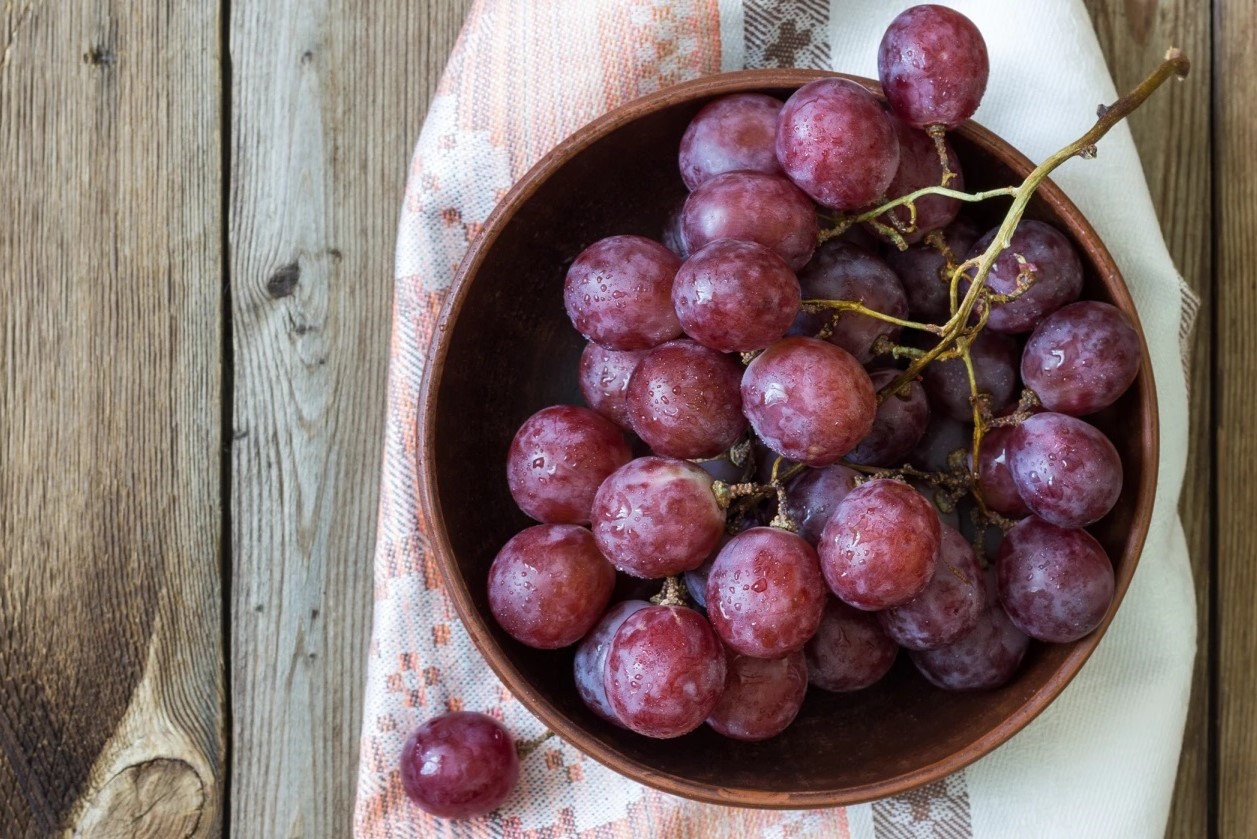
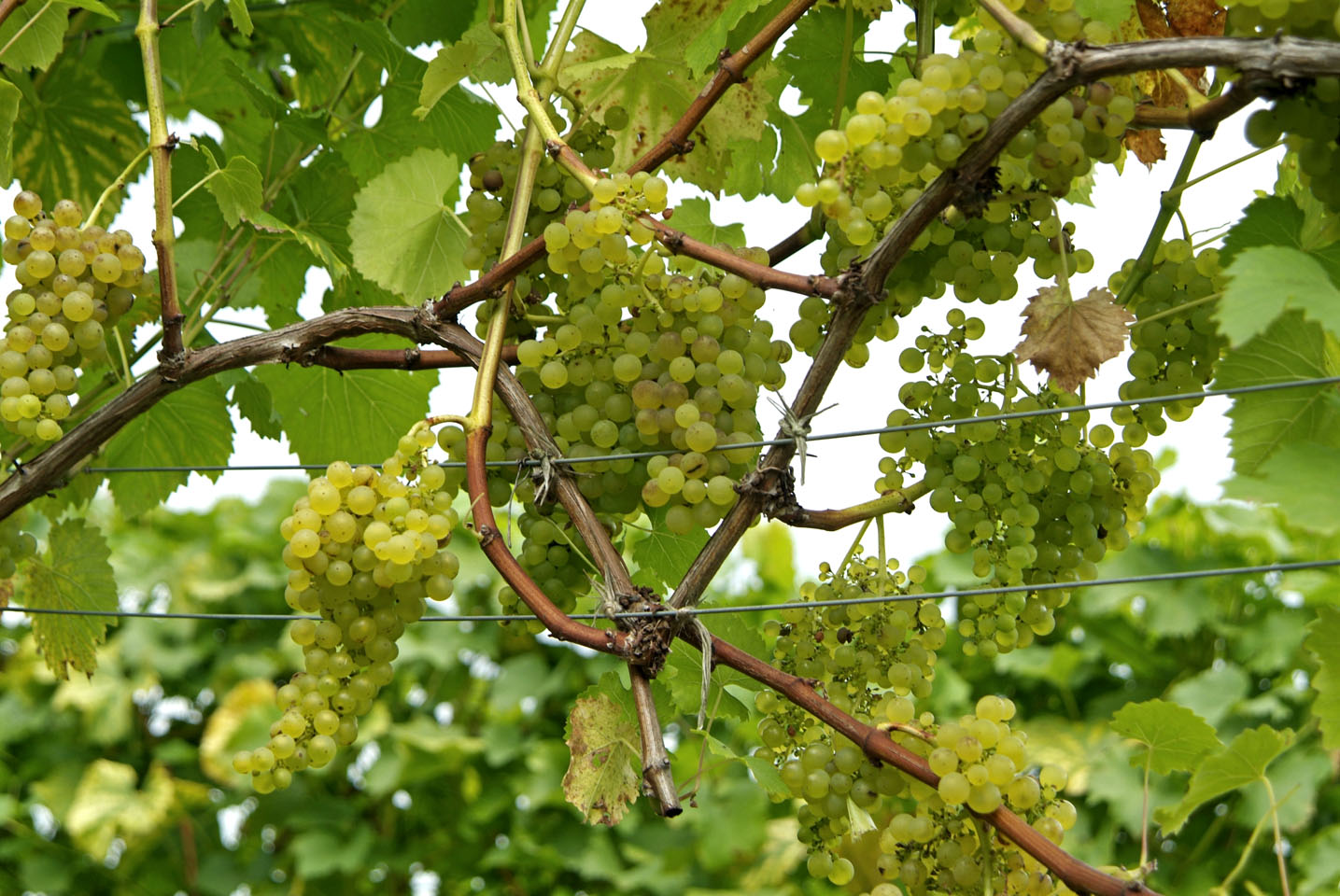
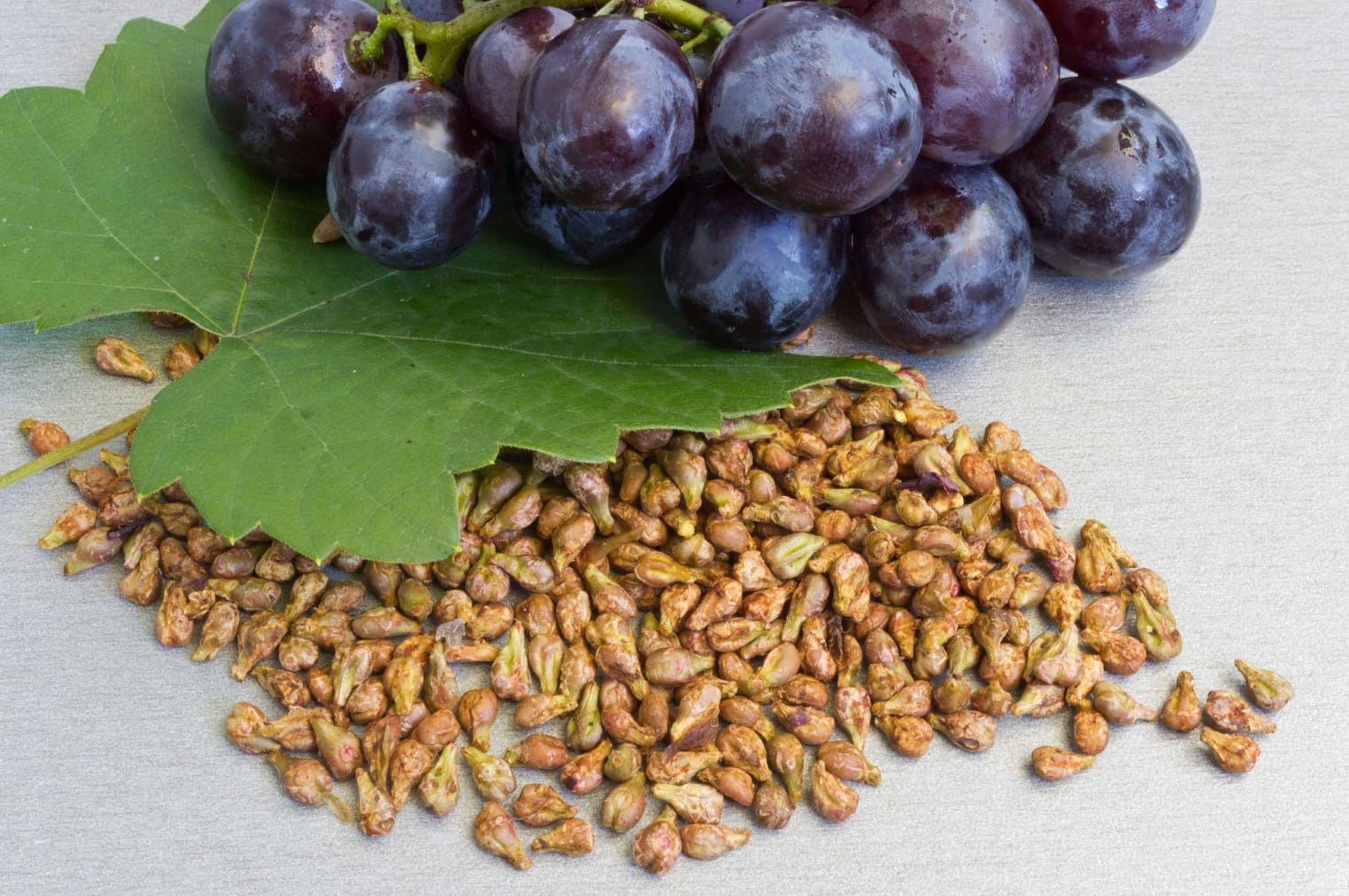
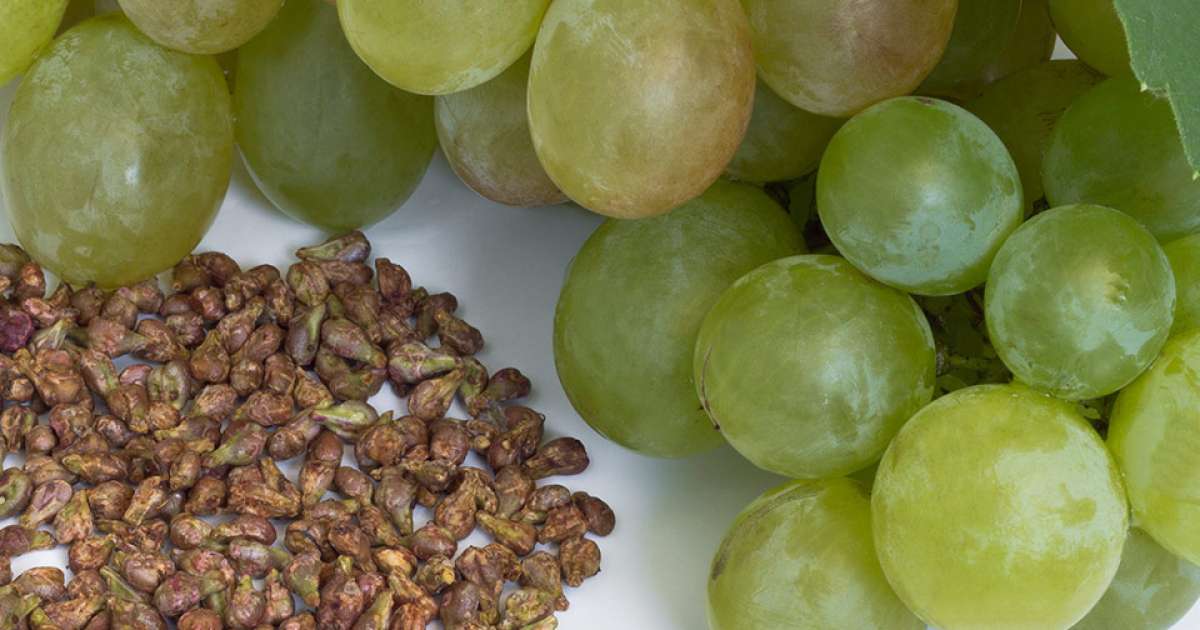
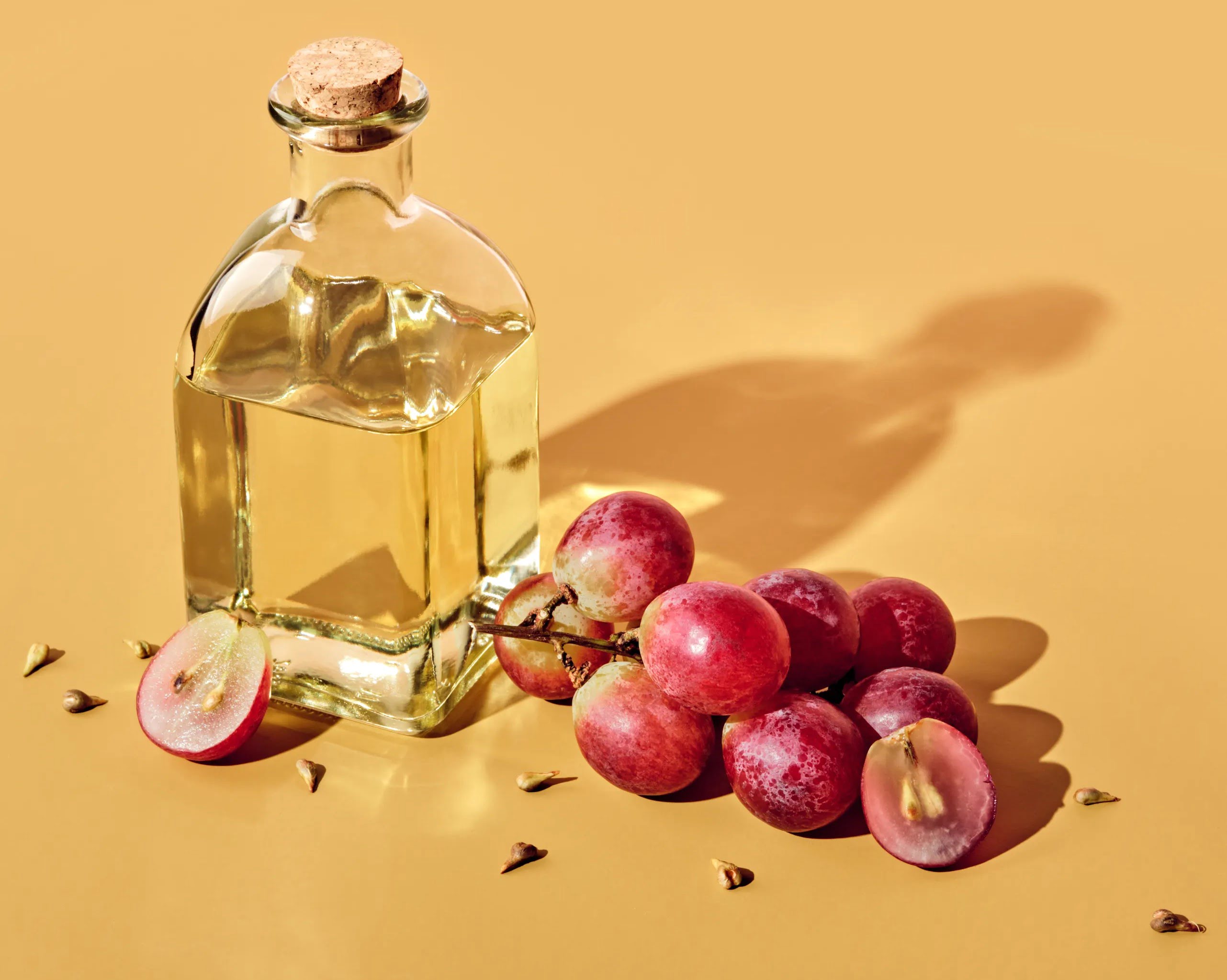
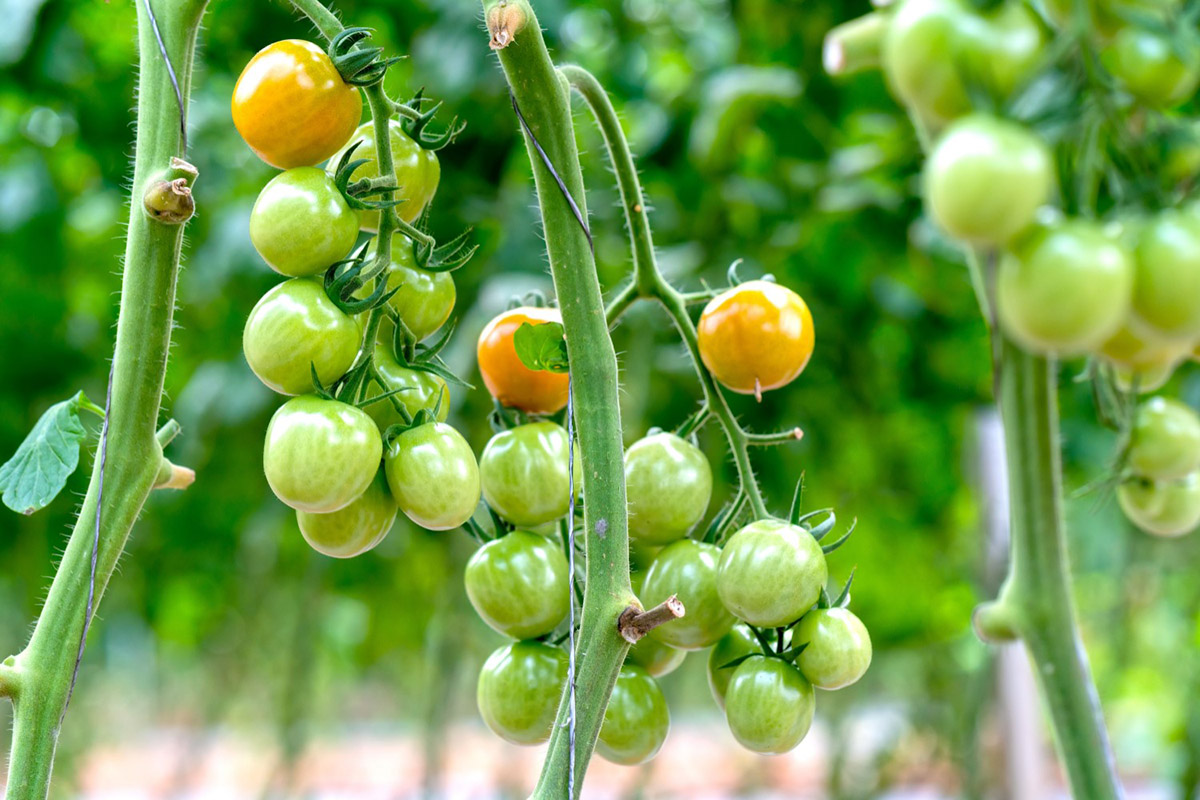
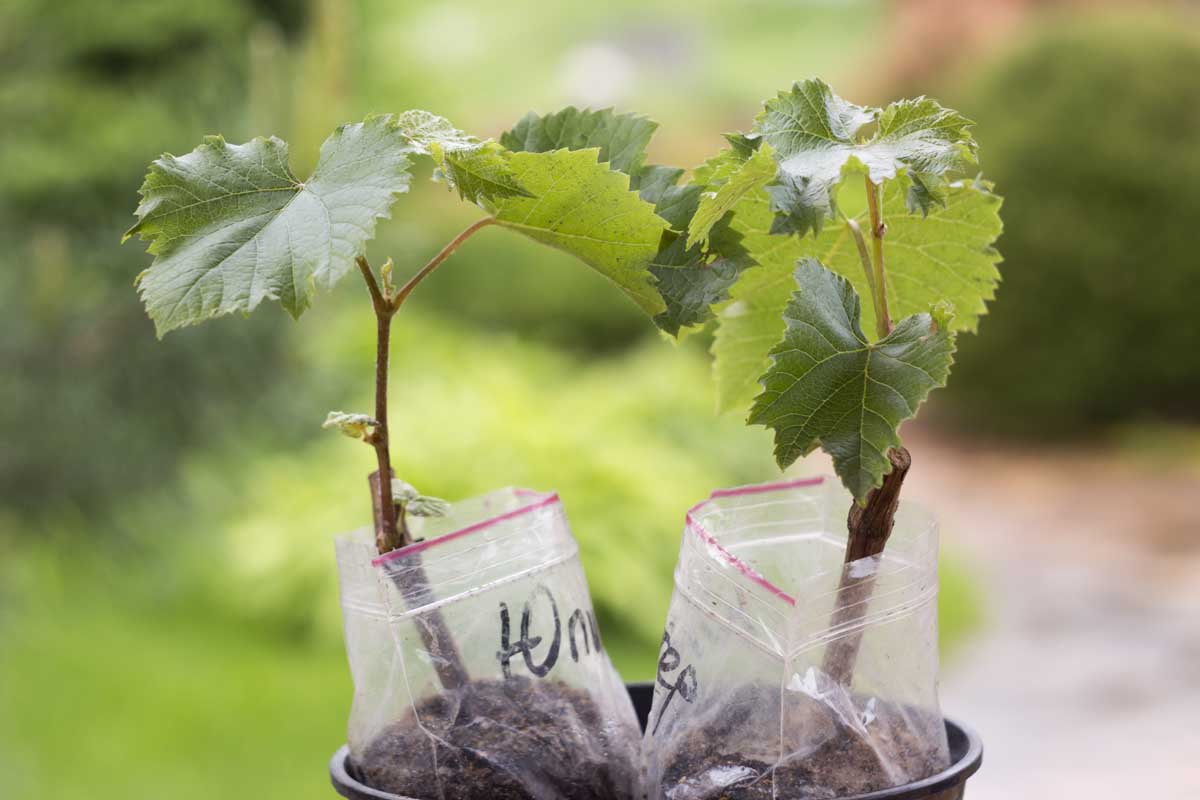
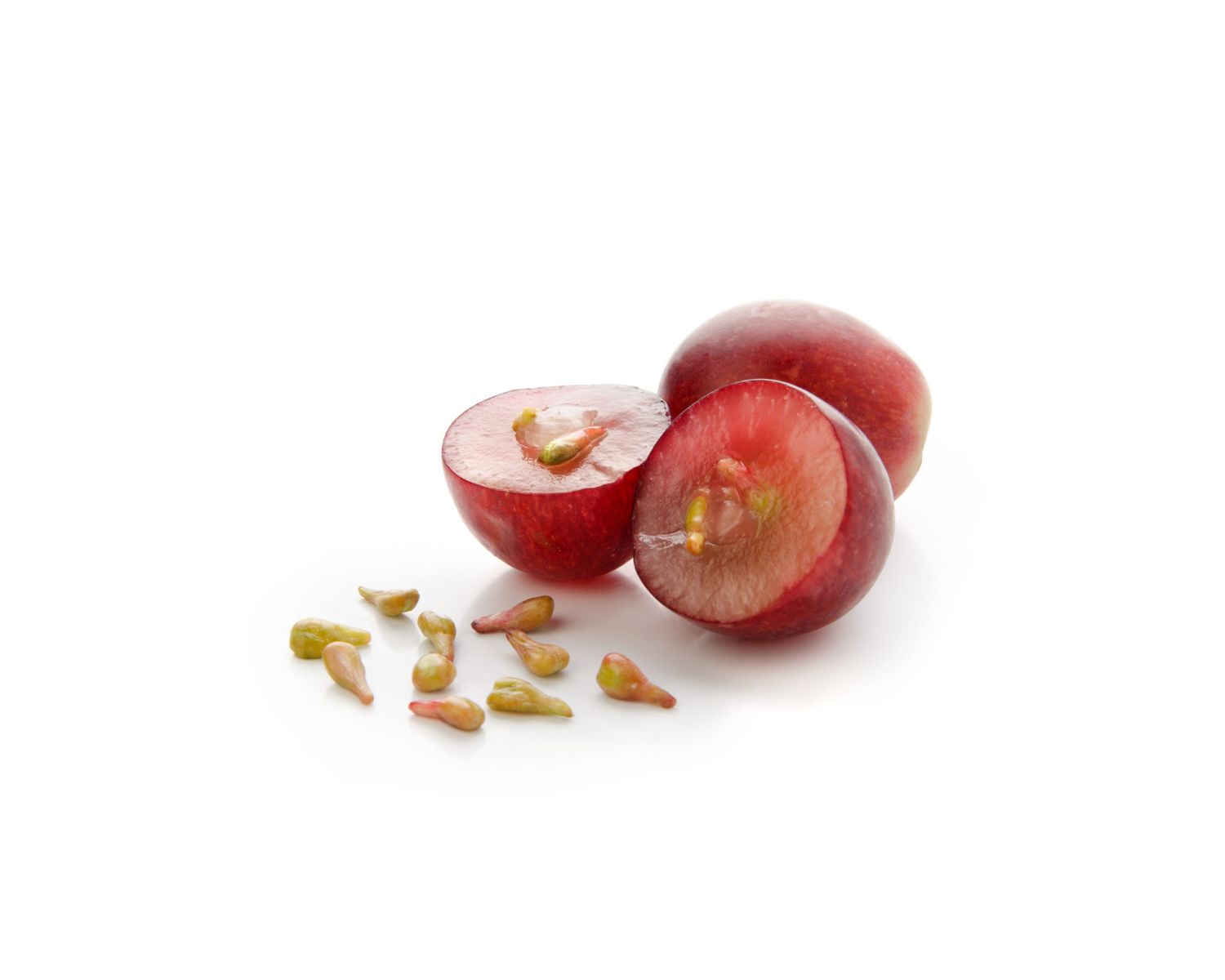

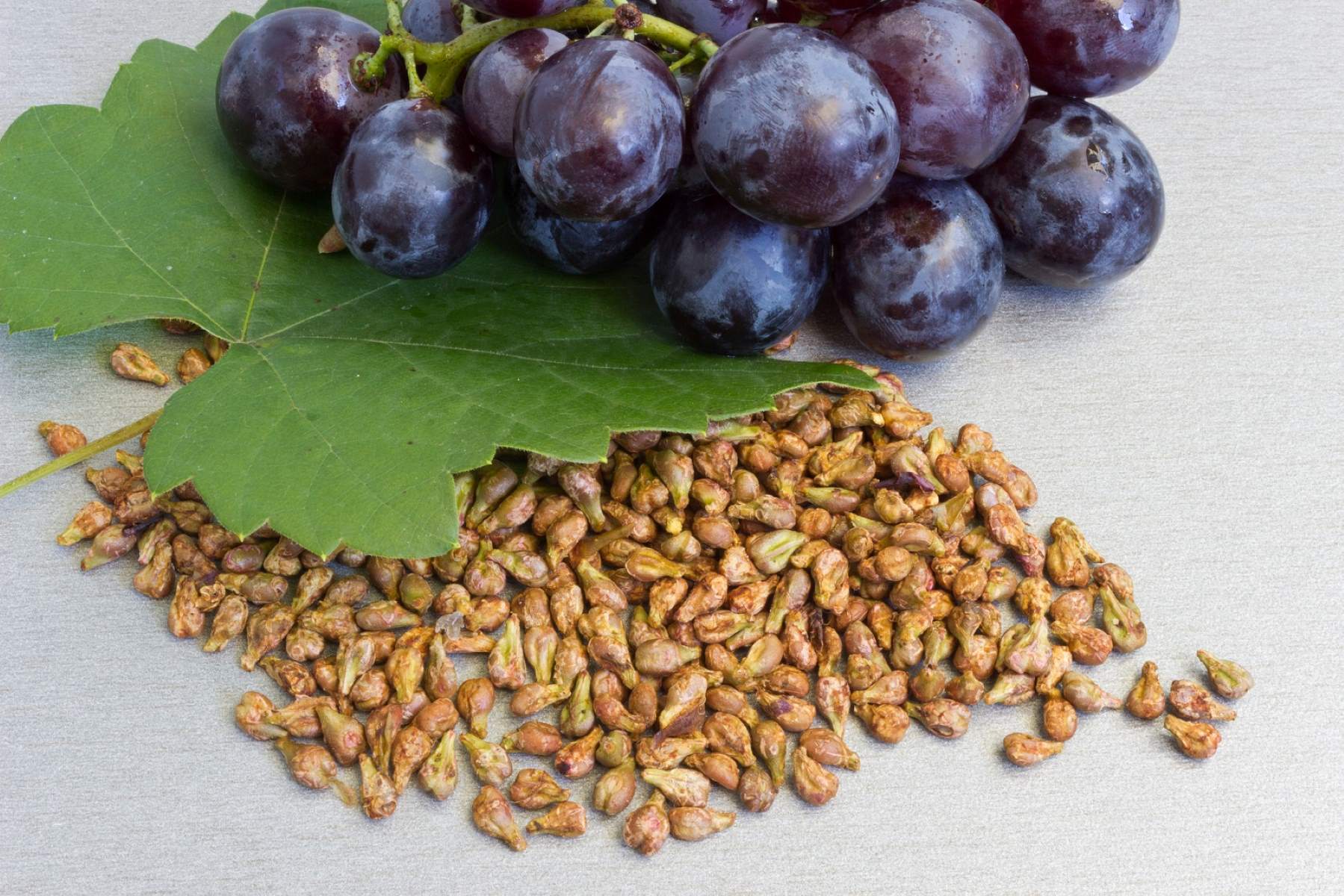
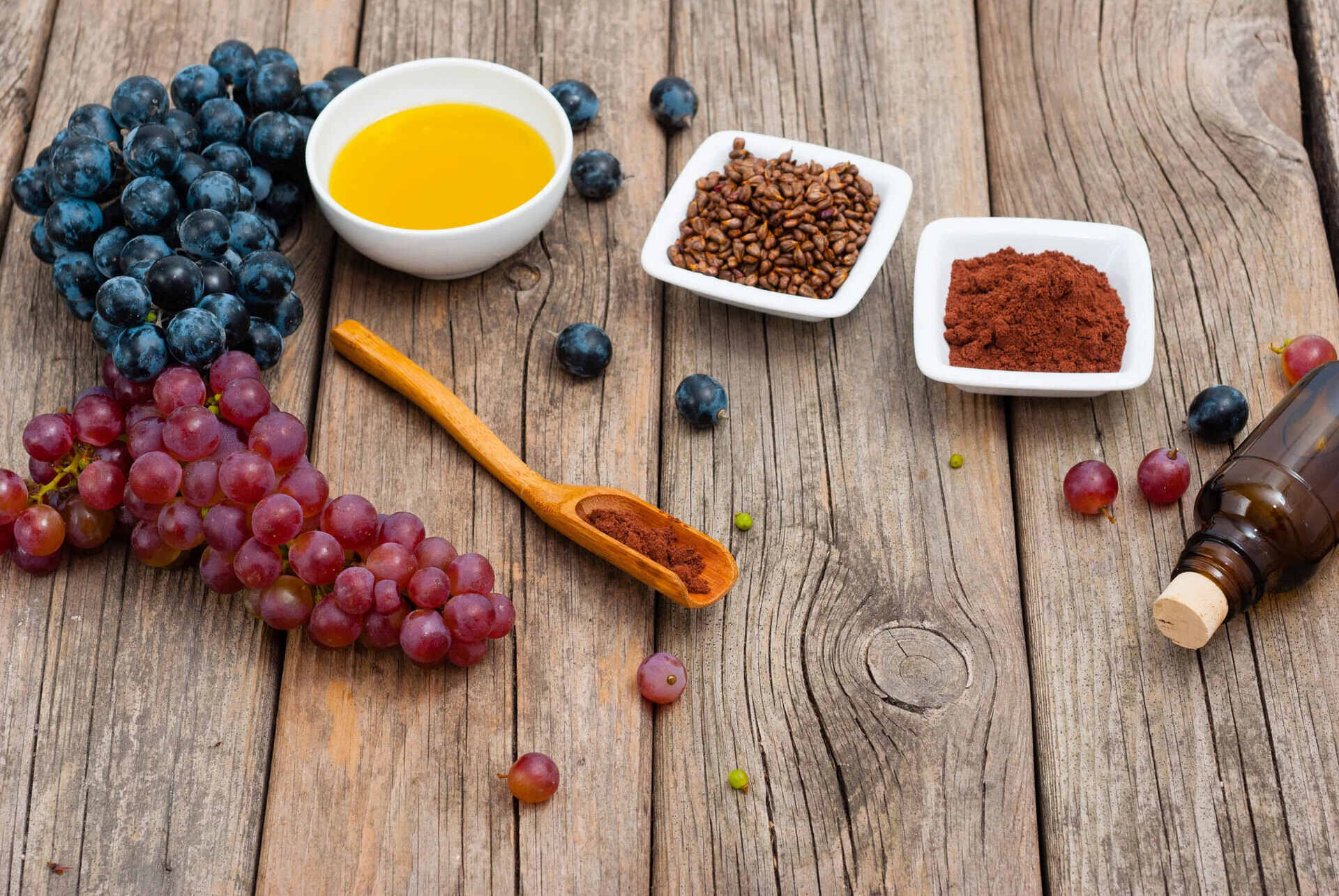
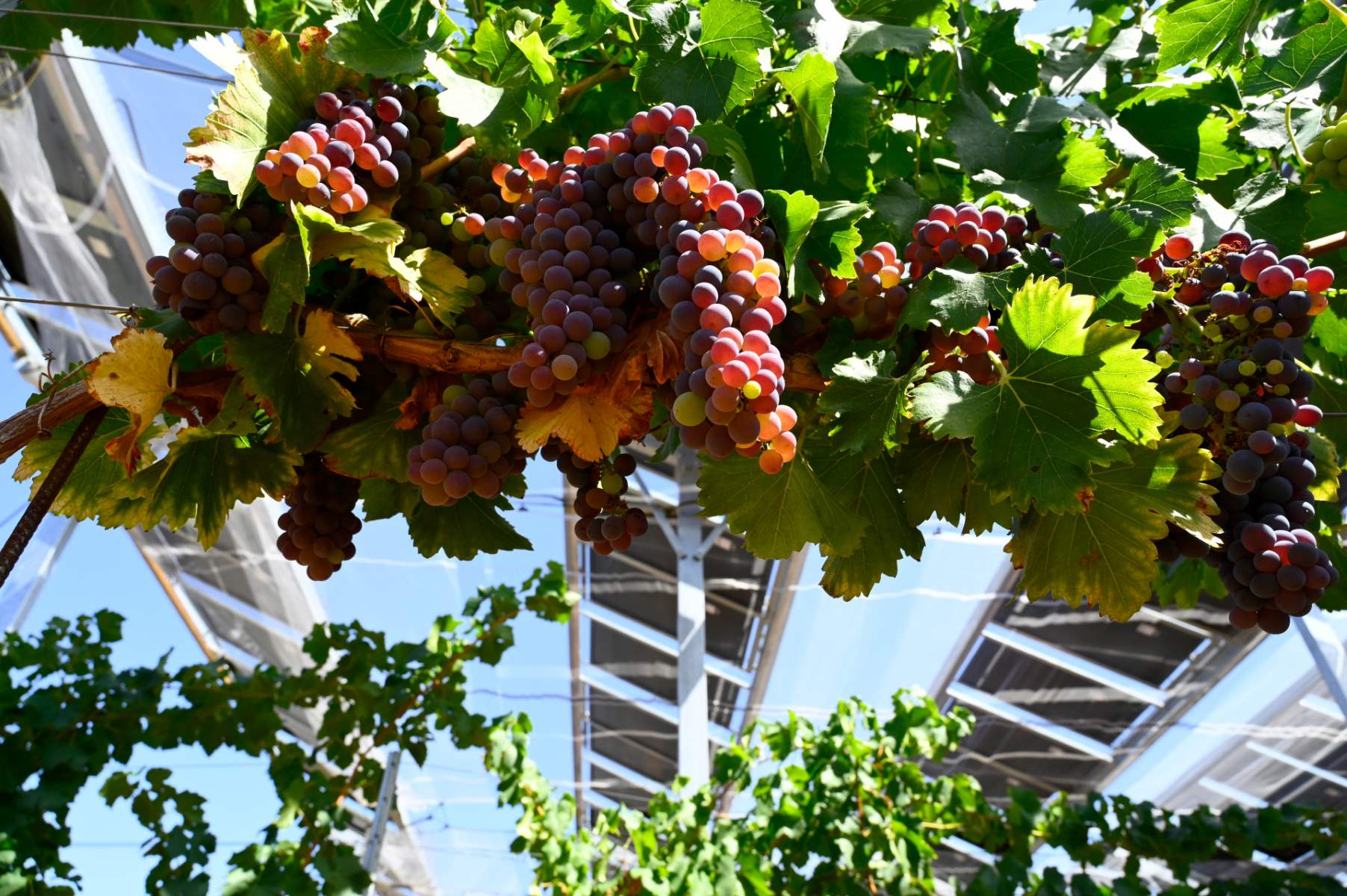
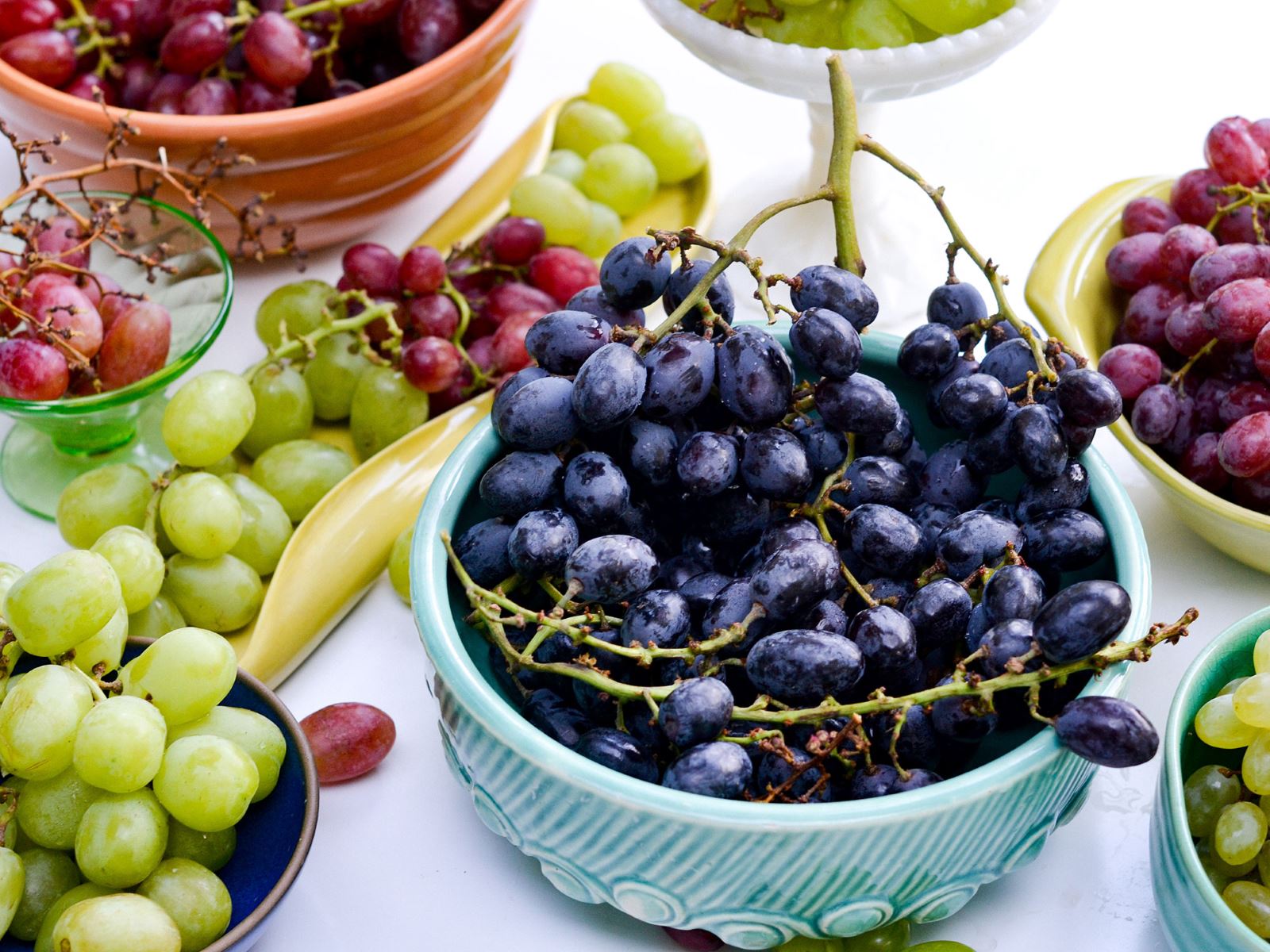

0 thoughts on “How Many Seeds Are In A Grape”